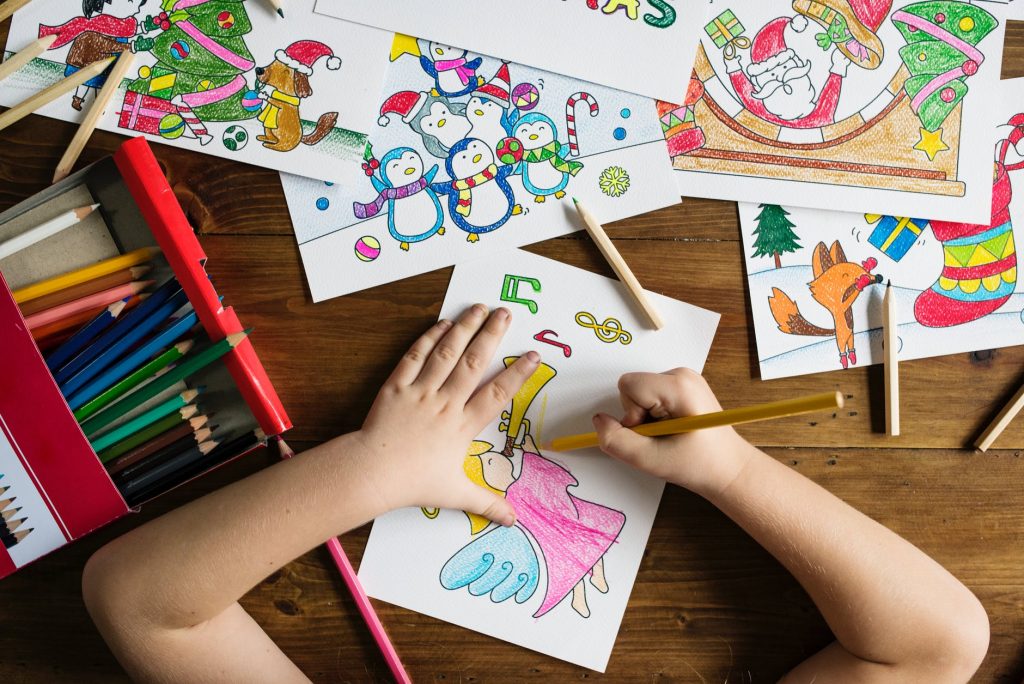Art is a wonderful way to foster and fast-track the development of your child. Art helps children develop confidence, social skills, reading and writing and motor skills and well as their imagination. As you may observe that reading and writing improves with age, so does art. The use of teachers and parents is to expose kids to many different substances so they can produce artwork is very important. When the variety is supplied, kids will then have an option as to if they would like to utilise the materials or not. Art is also about performing arts and learning musical abilities and instruments as well as creating hard copy art. Children need encouragement to participate in art and can improve their health and well-being in the long term.
Families can make a harmonious equilibrium in their own children’s lives if they make efforts to the fostering the arts. Following are suggestions to integrate them into your everyday life.
- If you read to your kids, be striking. Act out stories with props and outfits. Invite them to make their own stories to act out to you. Verbalising and reading out loud is great for children’s confidence and healthy development of verbal skills.
- Save Halloween costumes for dress-up fun. Increase the collection with clothes you no longer desire: hats, hats, purses, shoes, and items which you may find inexpensively at garage sales. Play dress ups and act out different fun characters, even put on your own little show for the family.
- Gather an “art studio” at your home. Stock it with many different tools and materials: crayons, markers, finger paints, scissors, pastels, watercolours, brushes, glues, newspapers of various sizes and textures, interesting found items, leftovers from your home improvement, containers and boxes of all sizes.
- Expand your musical variety in your home and in the car. Venture into unknown musical territory in the order you and the kids can hear something from your regular fare. This may be readily enlarged by turning to various radio channels and by checking out cassettes and CDs from the public library — free of charge!
- While the audio is playing in your home, dance together. Educate your kid’s traditional dances you understand or improvise together. Body motion is fun and decent exercise.
- Sing together. Educate the children your favourite tunes. A number allow for verses which may be composed, for example, “Down by the Bay,” which may have an unlimited and humorous amount of rhymes added to it.
- Start looking for arts programs after school, on weekends, and during holidays. Many neighbourhood parks and recreation departments offer you these.Summer camps to do with the arts and performing are great ways to spend time and socialise that is different from playing a sport or regular holiday program.
- Visit galleries and museums together to see the fabulous artworks and displays. Most museums have interactive museum display areas tailored for children with fun activities and things to see. Book tickets for a special exhibition showcase opening and go together as a family.
- Create a record together. Put photographs, memorabilia, drawings, and captions together visually. In doing this you won’t just have a shared experience but also a memory that will last for many decades (if you utilise acid-free paper).
The most crucial ingredient in this recipe is the interest. Be there to appreciate and encourage throughout each step of the creative procedure.
